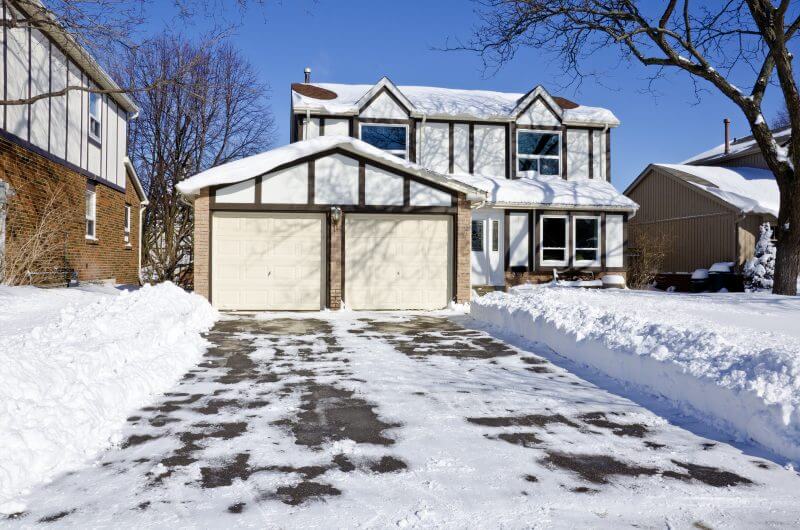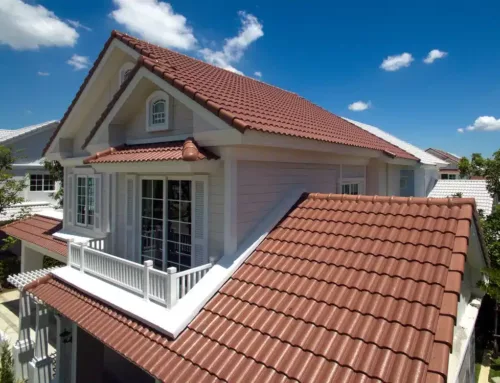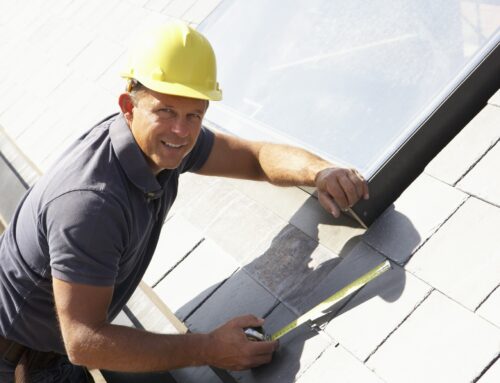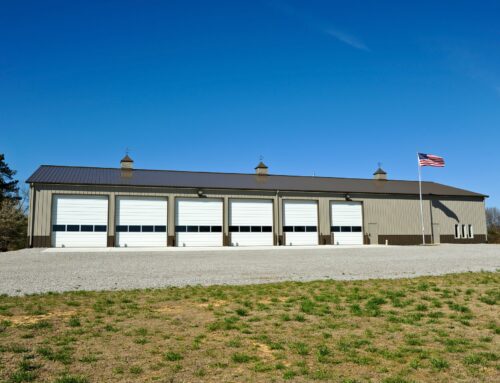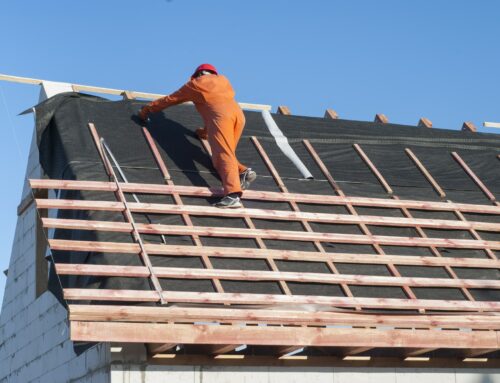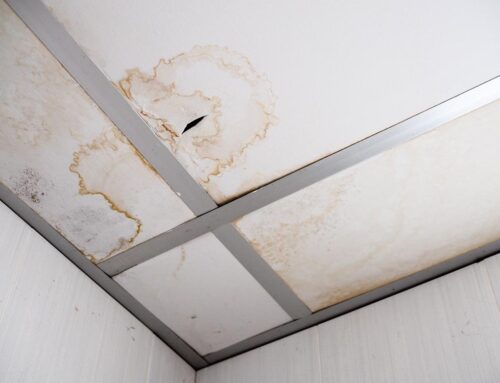Damage to your roof can occur any time of year. However, winter weather is often quite hard on it. Not only do the winter hazards such as ice and snow cause issues for your roof, they also make it more challenging to fix these problems. Getting to know some of the most common winter problems and how to repair them is the best way to keep your roof safe and sound throughout the winter. Use the information here to ensure your roof remains damage free all winter.
Trapped Water
If any amount of water becomes trapped in or on your roof, it can cause damage and leaks. Trapped water can get especially problematic during the colder months of the year, when the water that your roof materials have trapped freeze and expand. When this happens, your roof materials may begin to crack. Over the winter, the trapped water can go through the freeze and thaw cycle several times, increasing the damage significantly.
If you want to prevent water from becoming trapped in your roof, then make sure proper ventilation is present. If there are any minor leaks or holes present, be sure to have them fixed right away. This will prevent the water from getting in and getting trapped.
Icicles
In addition to the potential danger that is posed by a falling icicle to you, your family and your pets, icicles are also pretty bad for your roof. A falling icicle can actually pull down your gutter and other parts of your roof. Also, hanging icicles can be very heavy, resulting in stress to your roof and contributing to rotting.
You can opt to knock down the icicles on your own, but this can also cause quite a bit of damage – just like letting them fall. As a result, the best solution is to keep them from forming by keeping your gutters clean and using heat tape on the seams to prevent the formation of ice.
Strong Winds
There are several ways that strong winds can cause damage to your roof. It can loosen your shingles and blow them away. It can also knock down tree limbs, which can damage the shingles.
If you notice that shingles, or other pieces of your roof have gotten loose, or if they have blown away because of a storm, replace them right away. This will help to preserve the integrity of your home’s roof and prevent issues such as trapped water, which can cause leaks. Be sure that you also trim all of the tree limbs that are near your roof, before they start to cause issues.
Do you want to prevent roof damage this winter? If so, knowing some of the most common issues is the first step. Use the information here to know what to do to help prevent damage and keep your roof strong and protective throughout the winter months. The investment you make now will be well-worth it in the long run.


